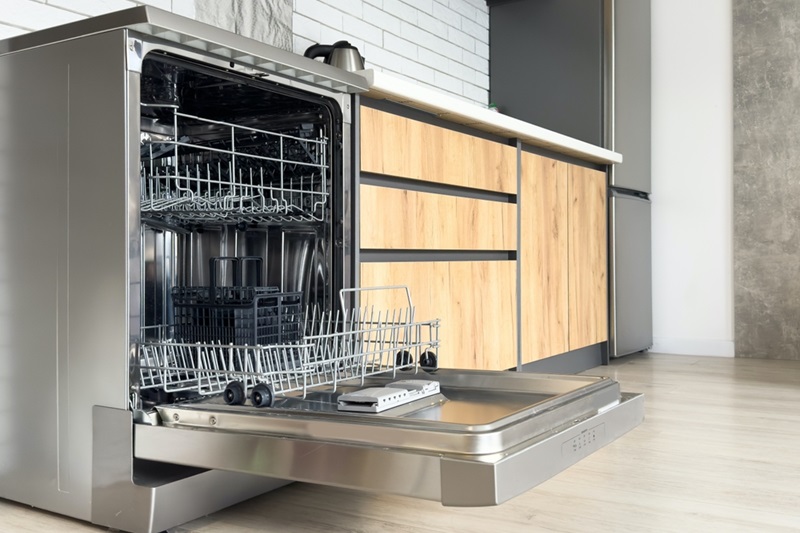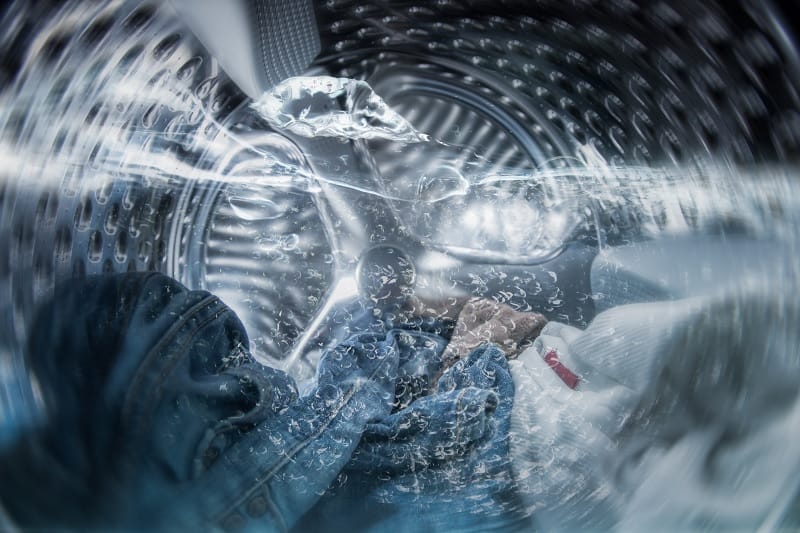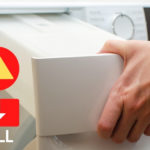Modern dishwashers have become a regular feature in our daily lives. And we love them because they make the dreaded chore of washing the dishes significantly more convenient for us! However, like other appliances, dishwashers are not immune to problems.
A common error code that loves to pop up is the “Check Water” one. When your dishwasher displays the “Check Water” message, it’s telling you that it has a problem with its water supply, water flow or drainage system. Take note of the following.
Cause 1: Water Supply Problems
Faulty inlet valve
The dishwasher relies on a water supply valve to allow water to enter the appliance.
If the valve is partially or fully closed, or there’s a blockage in the water supply line, it can trigger the “Check Water” code because water cannot enter the machine.
Solution
Disconnect the dishwasher from its power source, locate the inlet valve and inspect it for damages.
Ensure the water supply valve is fully open and not blocked. If the valve is damaged, you may need to call an engineer to repair it. Water must be able to enter the dishwasher.
Low water pressure
In order to function correctly, dishwashers need an adequate amount of water pressure.
If your home’s water pressure is too low, the dishwasher may not receive enough water and won’t be able to fill up and clean your dishes very well. In turn, the “Check Water” error will pop up on the control panel.
Solution
Check the supply line and make sure there are no issues. It might be time to invest in a water pressure regulator for your home to ensure the machine gets the pressure it needs.
Cause 2: Drainage Problems
Proper drainage is essential when it comes to dishwashers. If the drain is backed up with grime or the drainage hose on your dishwasher is kinked, broken, not fitted effectively or clogged, this can lead to drainage problems, which can then trigger the “Check Water” warning on the control panel.
Solution
Ensure there are no problems with the drain and the drainage hose (kinks or blockages). Then, make sure that the hose is connected to the machine properly.
Finally, clean the dishwasher’s pump and remove any remaining clumps of debris from the machine so that it doesn’t cause anymore drainage problems.
Cause 3: Clogged Filters and Spray Arms
Over a period of time, food waste, grease and limescale will build up on the dishwasher’s spray arms and in its filters.
These build-ups can lead to blockages, which, in turn, restrict the water flow in the machine. Hence, the “Check Water” error pops up.
Solution
Remove and clean the filter and spray arms from the dishwasher and clean them using the instructions in the user manual. You can usually clean these parts using lukewarm water and washing up liquid.
Making Sure the Error Has Been Fixed
After completing the necessary steps, restart your dishwasher to see if the “Check Water” error disappears.
If the error has gone away, you have rectified the issue. You should take note of the preventative measures below to reduce the chance of the problem occurring in the future.
If the error is still on the machine, repeat the steps mentioned above. If the problem persists, contact the manufacturer of your dishwasher and ask them for further advice.
As a last resort, call an engineer out to check your appliance (there could be costs involved with this).
If you’re calling someone out to check your appliance, check to see if a guarantee or some sort of appliance insurance covers your dishwasher so you don’t have to pay for the call-out fee/repair.
If the machine isn’t covered, call a reputable person/company with glowing reviews to come out and check your appliance.
However, before you repair your machine, assess whether or not it would be more cost-effective for you to replace your current appliance (especially if the repair is expensive).
How to Prevent Future Problems
Errors are going to pop up on your dishwasher’s screen. You can’t really avoid this. But you can reduce their frequency by following the points below:
Regularly maintain your dishwasher
Make a habit of cleaning the dishwasher’s filter, spray arms and interior components often (at least once a month for well-used machines). Removing debris and limescale from the machine will ensure that it works effectively.
Make sure the dishwasher is installed correctly
When setting up the dishwasher, ensure that the machine has enough room and that all the connections are secure. In addition, make sure that the drainage hose isn’t kinked.
Monitor the water pressure in your home
Check the water pressure in your house and ensure that the pressure you have matches what the dishwasher needs.
If the pressures don’t match up, install a pressure regulator to help maintain adequate pressure.
Address plumbing problems immediately
Keep an eye on your home’s plumbing system, and if issues pop up, rectify them immediately.
Don’t allow the problems to get worse. For example, if you spot a water supply or drainage problem, get it fixed because it can affect how the dishwasher works.
Scrape leftover food off your plates before you place them in the dishwasher
If you remove the debris from your crockery and then pop it in the appliance, a lot less food will get stuck in the machine.
The less grime that clogs the appliance, the more efficient it should work.
So, don’t leave a chunk of steak on your plate or a load of mash in the saucepan. Dump the waste food in the food caddy, rinse the pans, and pop them in the dishwasher.

Bethan has a passion for exploring, reading, cooking and gardening! When she’s not creating culinary delights for her family, she’s concocting potions to keep her house clean!






